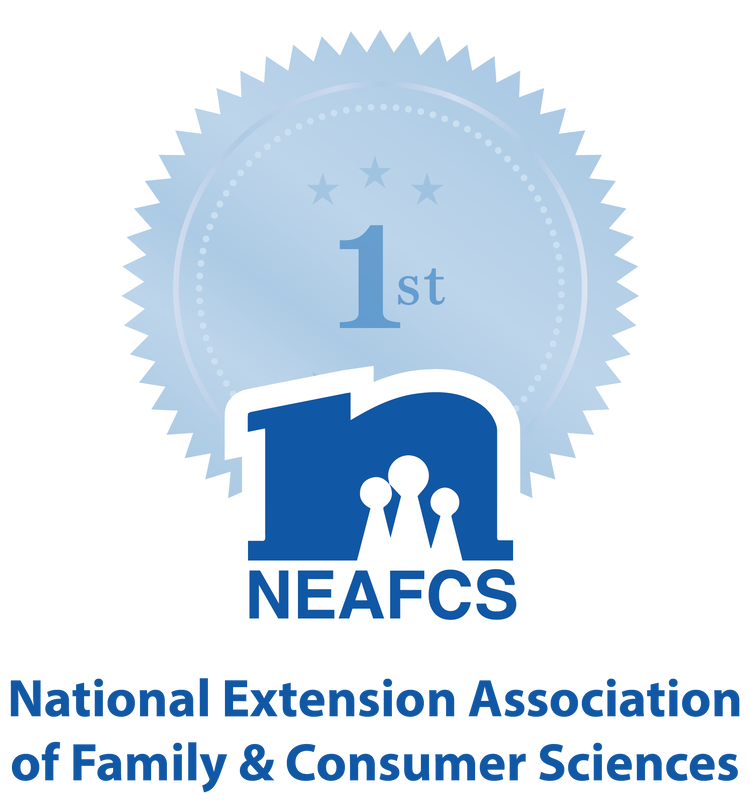|
According to financial experts, an allowance is “a fixed amount of money children receive on a regular schedule, with the understanding that they will pay for certain agreed-upon expenses.” When best practices are followed, allowances can be one of the best ways to teach your children financial responsibility. Below are some hacks for turning an allowance into an educational tool. THE RESEARCH: Allowances help you and children have more control over children’s finances—especially if it is clear that an allowance isn’t “bonus” money, but money that needs to pay for certain expenses. Start when kids are young, usually about age six. This is when kids start to understand that some items are worth more than others. Be specific about what the allowance must cover. For younger children, an allowance can cover extras, such as toys. For teenagers, that allowance can include such items as clothing and transportation.
#1 TIP: No single allowance system will work for every family. Any system can work if the following key components exist: 1) Allowance is given to children when they are old enough to manage it, AND 2) Allowance system is kept simple so that you can manage it 2. Talk to other parents. Find out how much they give and for what expenses, to help you figure out where to start. But you are the one to make your own decisions—go with your instincts and values. 3. Resist the temptation to come to their rescue. Let kids feel the effects of the buying decisions, good or bad. If you’ll reinforce that they don’t get any more money, they’ll hopefully spend more wisely in the future. You do, of course, have the right to veto certain purchases that are unhealthy, unsafe, or in violation of your family’s principles. Spell those out in the beginning when discussing what allowances can and cannot cover. 4. If giving to charity and savings are especially important to you and your family, have children set up portions of allowance for those purposes. Encourage children to save and give to charity as you would. 5. Encourage kids to save a portion of their allowance to meet a goal of their own, such as big-ticket items. 6. Think twice before tying allowance to chores. It may not work for every child, and some parents would rather have chores tied to being a member of the family or household. A better idea might be to pay kids for extra-large jobs, such as washing the windows, raking leaves, etc. (Or, reward with something other than money, like going out for ice cream when the leaves are raked.) 7. When it comes to paying for good grades—think again. Tell them you are proud of them, perhaps give a special treat such as a later bedtime. Paying money for grades distracts kids from the sense of accomplishment that should be their reward. But don’t turn money into a bribe. 8. If your child misbehaves, discipline to fit the deed instead of docking their allowance. If they fight about TV, turn it off. If they don’t do homework, they don’t get video games. If you do dock allowances, don’t do it too often. If, however, the carelessness or misbehavior can be fixed with money, let them pay. For example, if they ruin their younger sister’s sweater, make them pay for a new one. 9. Give allowances on a regular scheduled day to simplify and lessen problems of over– or under-paying. Remember, your children pay attention to you in general and want your approval. Communicating what you expect of them—and indicating that you’ll be disappointed in them if they don’t deliver—can go a long way. Children will be more willing to cooperate if you are open to them when they have a complaint or problem. Adapted from the Teaching Children Money Management Publication by Melanie Jewkes, Extension Associate Professor with Utah State University and mother of four.
0 Comments
Your comment will be posted after it is approved.
Leave a Reply. |
TAKE A FREE CLASS!Host a ClassamandaSharing real-life money smarts to help you stay on track with financial goals while still enjoying life! Follow the fun on InstagramAS SEEN ONawardsBest of State 2022 & 2023: Personal Finance Education
1st Place National Award in Social Media Education from the National Extension Association of Family and Consumer Sciences
Gold Award in Blog Site category at the 7th annual Education Digital Marketing Awards.
Platinum Award in Digital Media, Web Design category at the International Marketing and Communication Awards.
Categories
All
|








